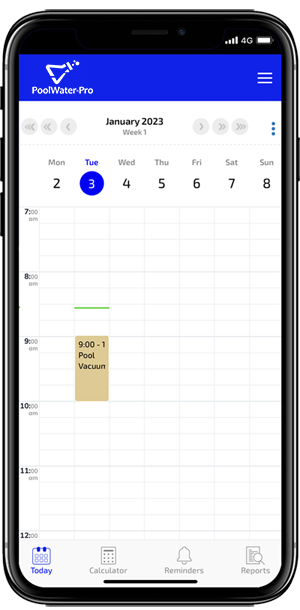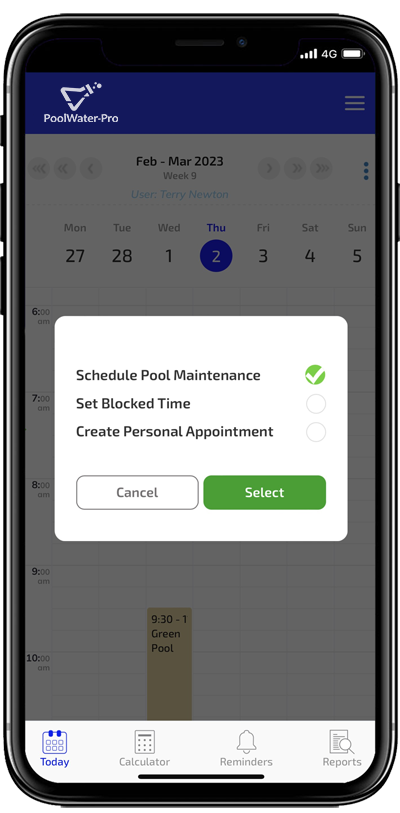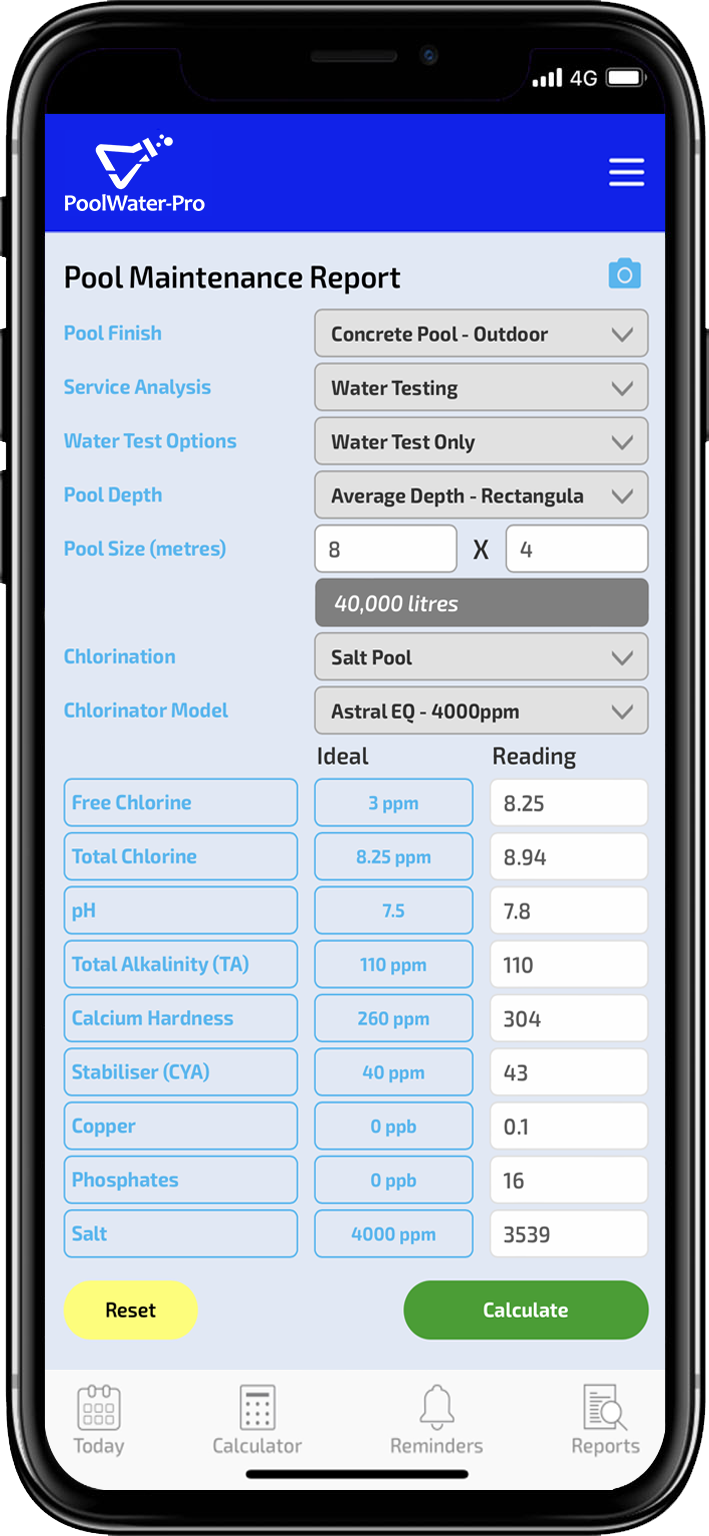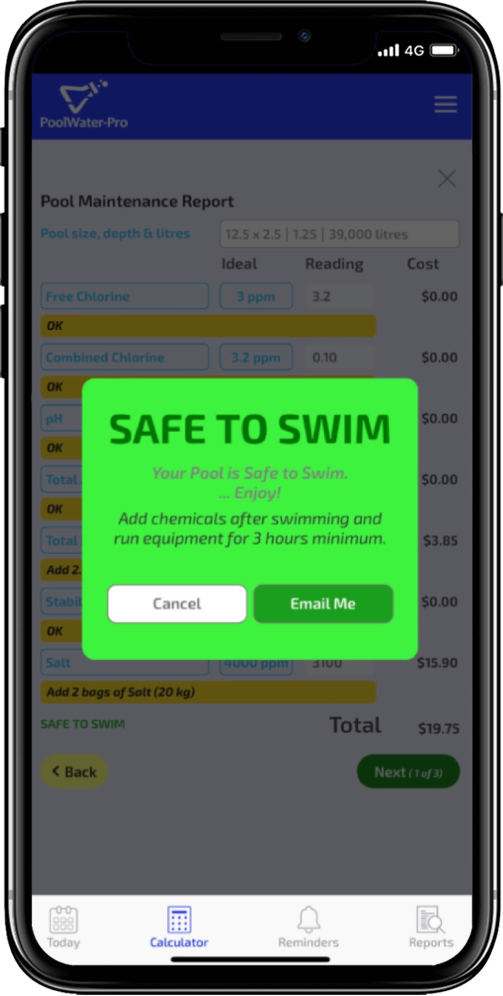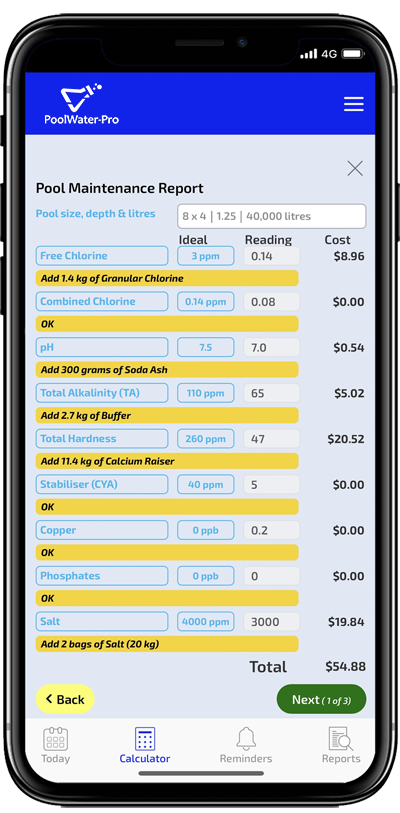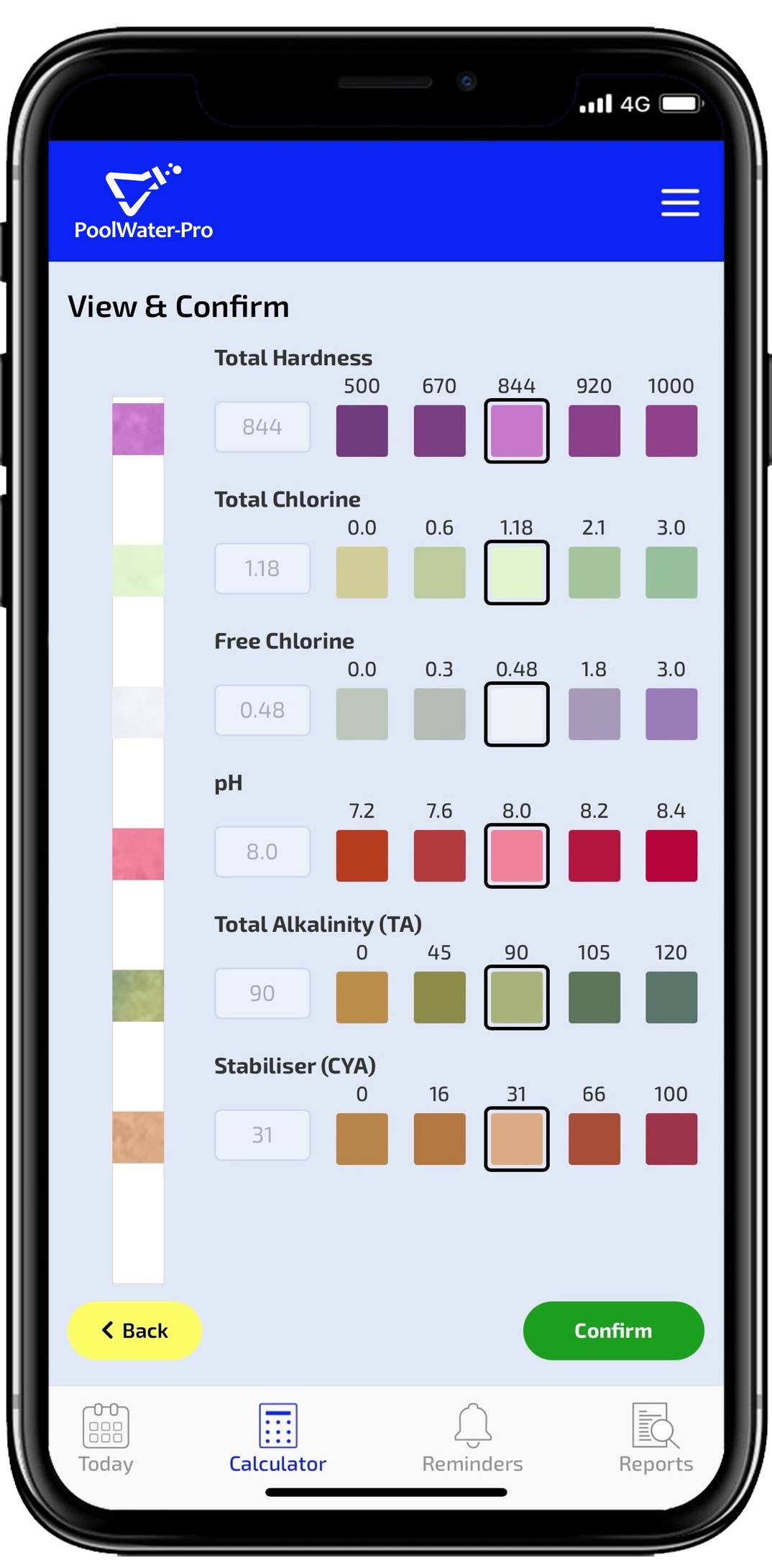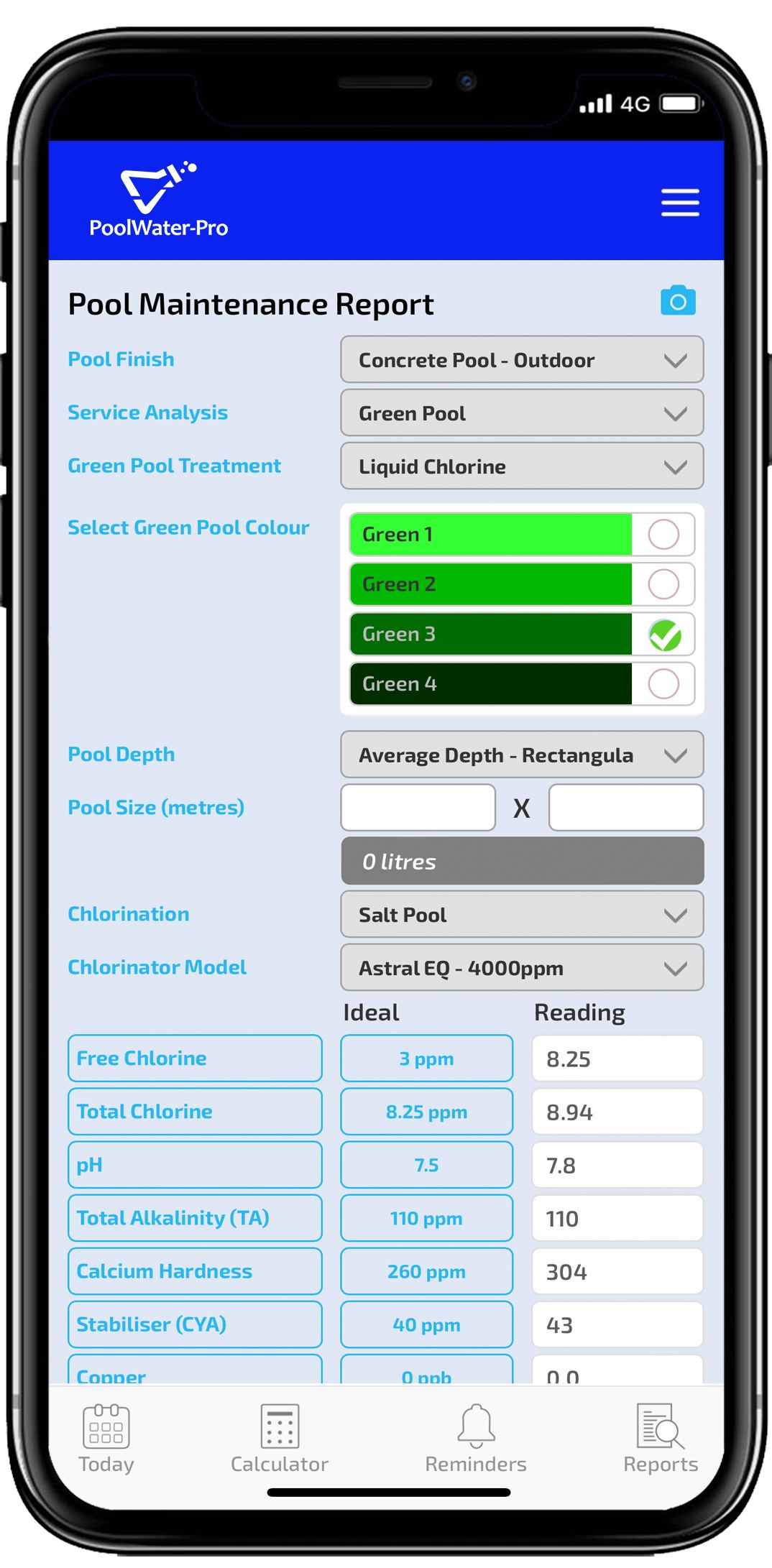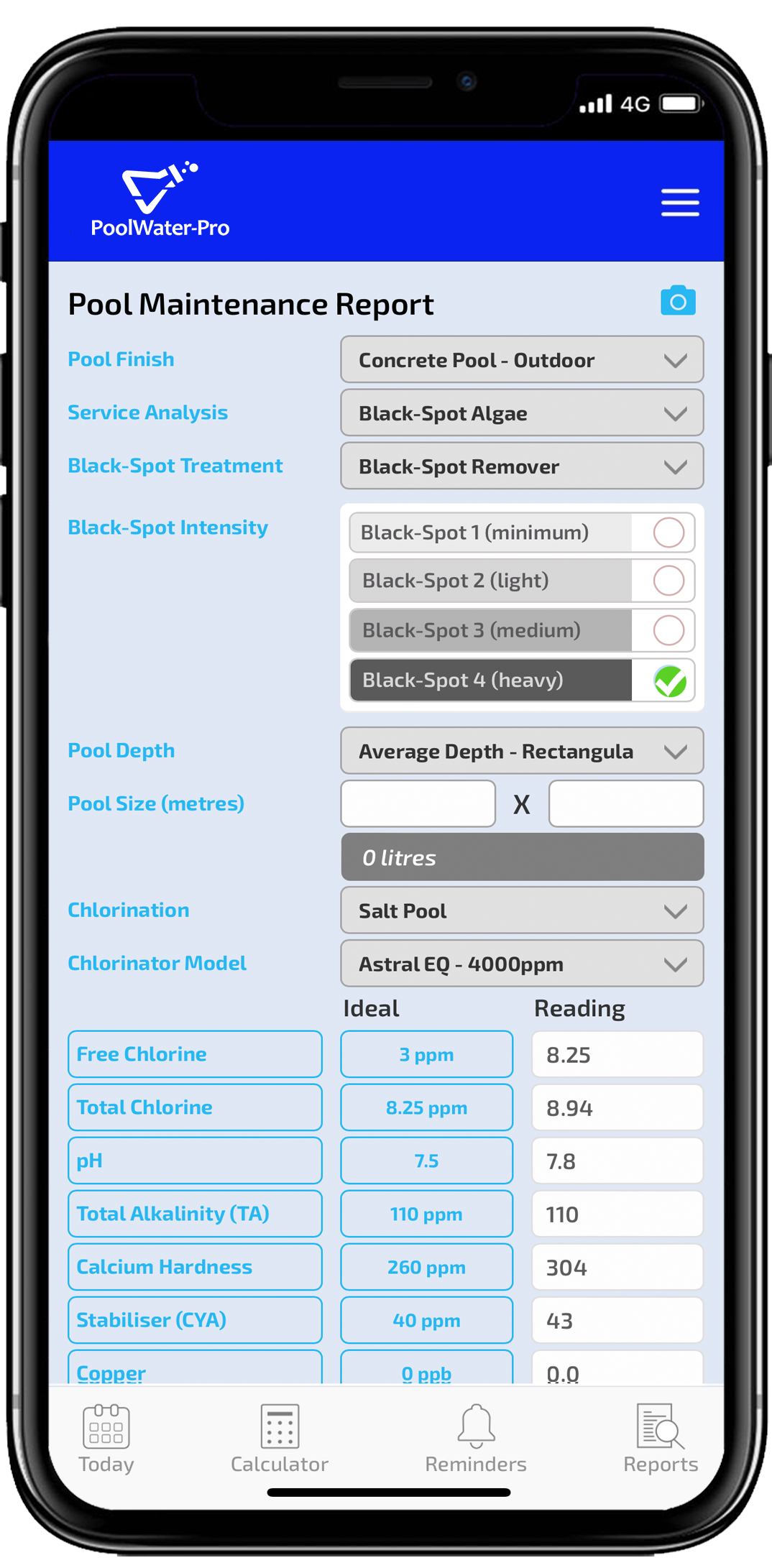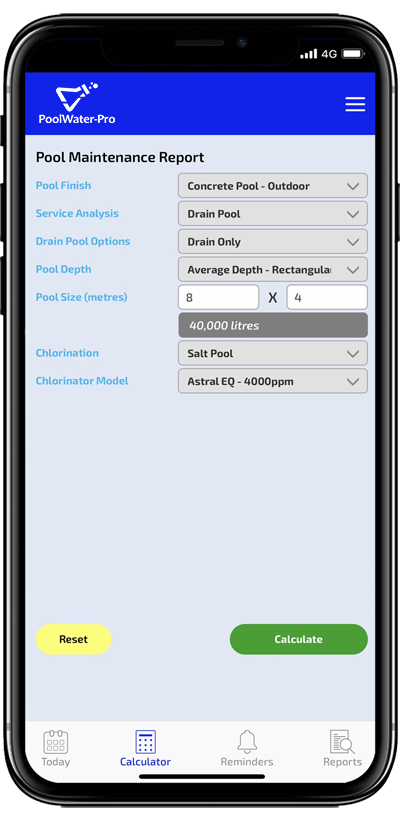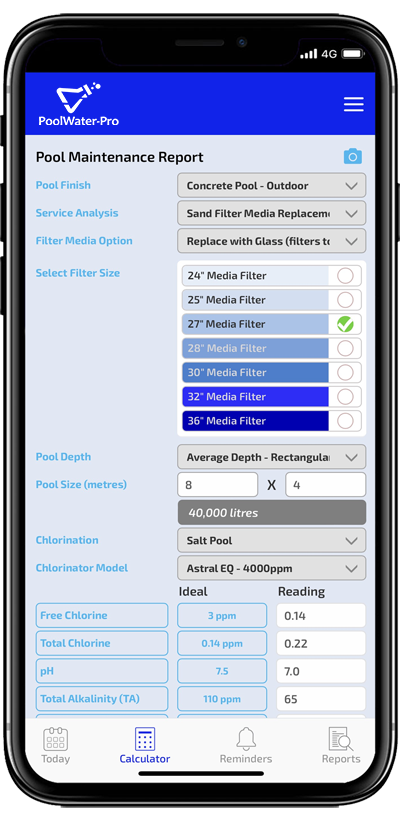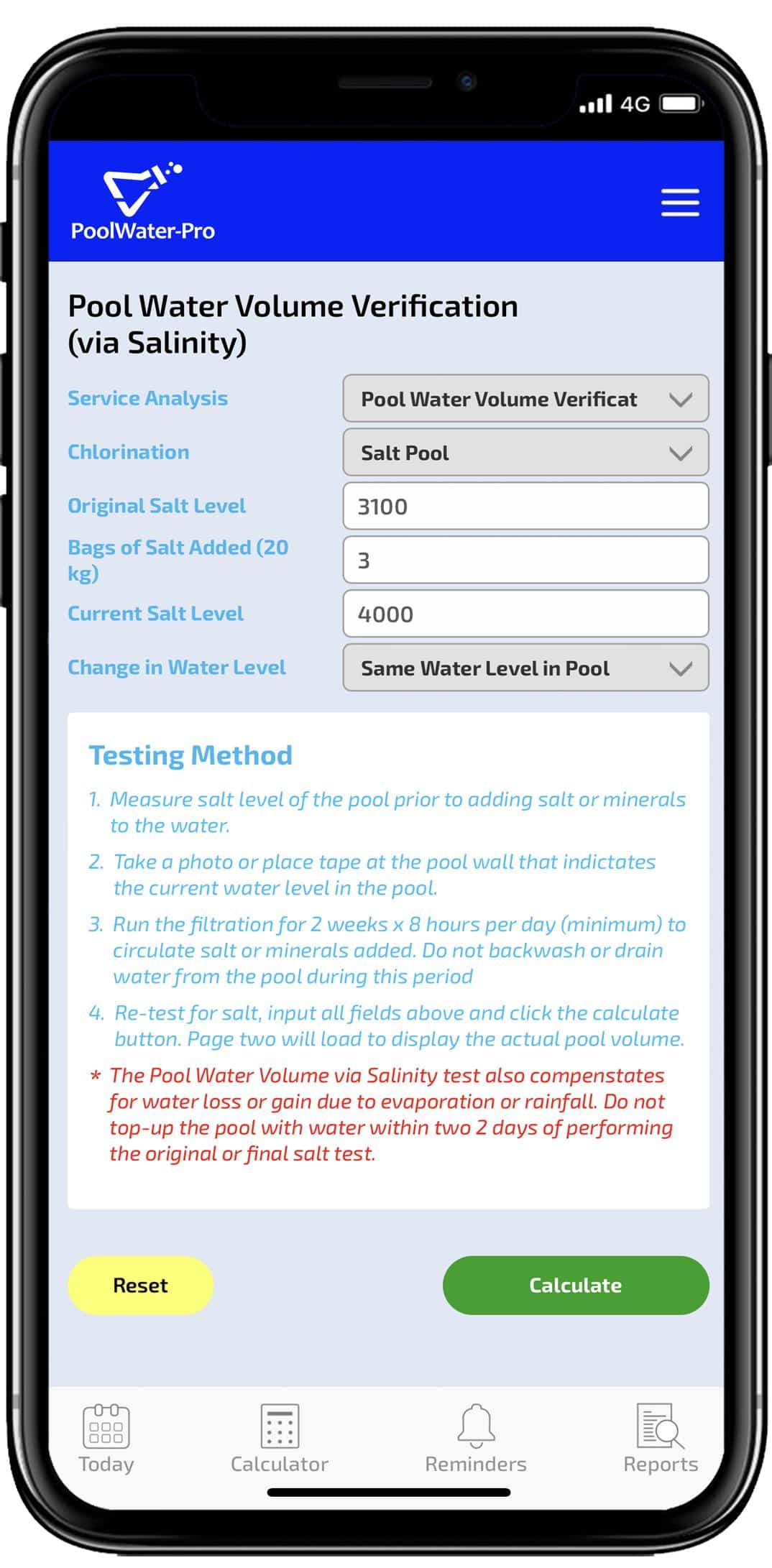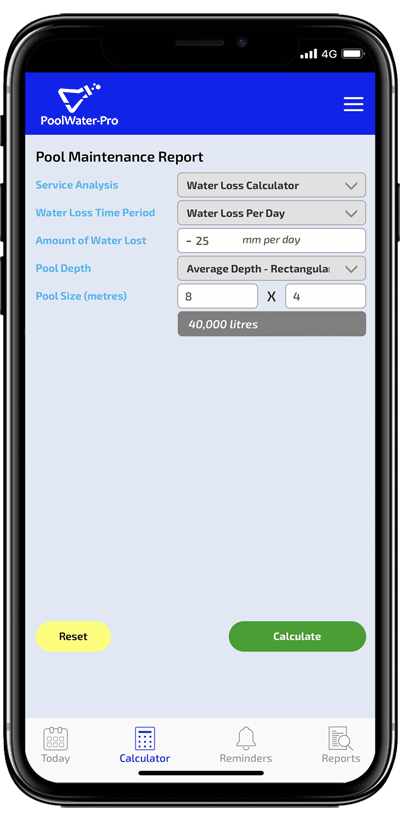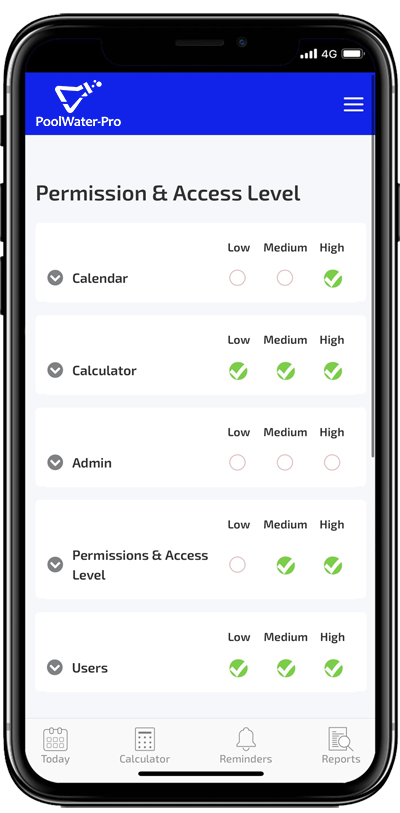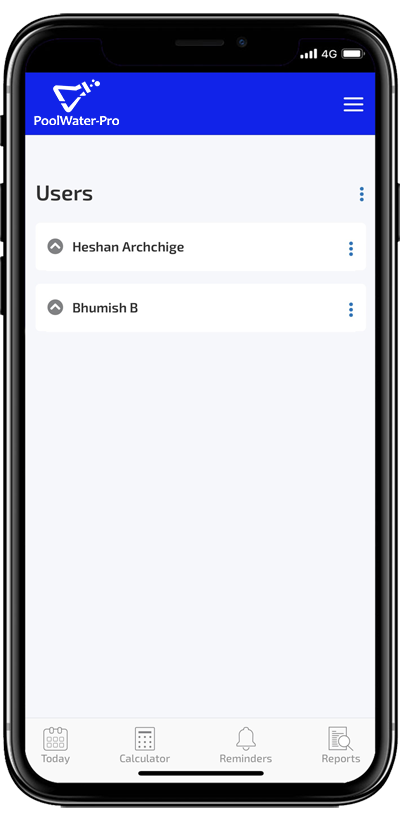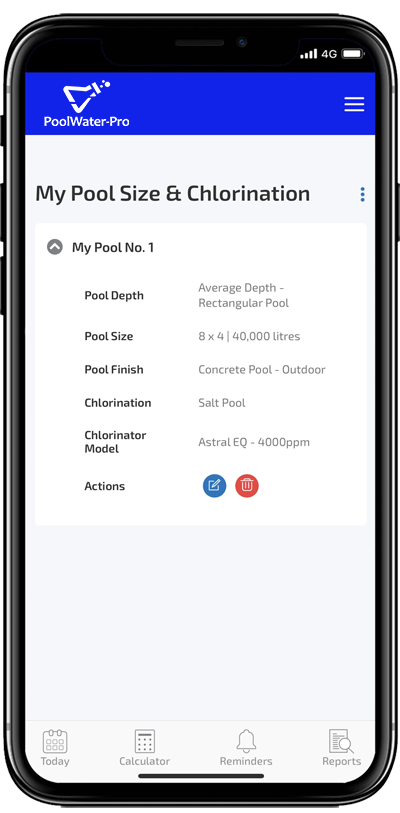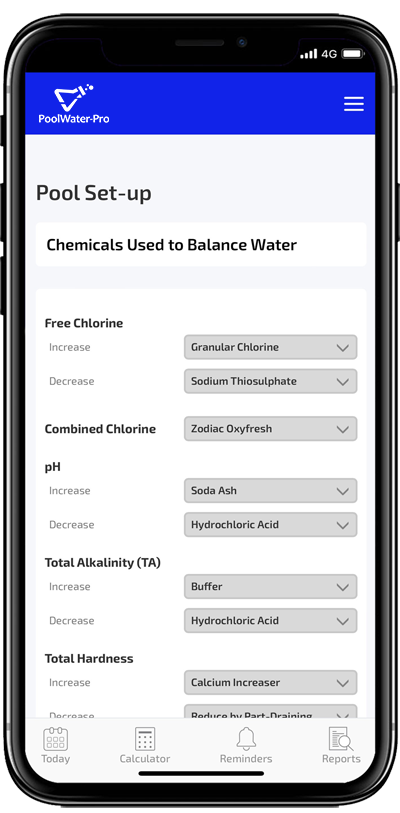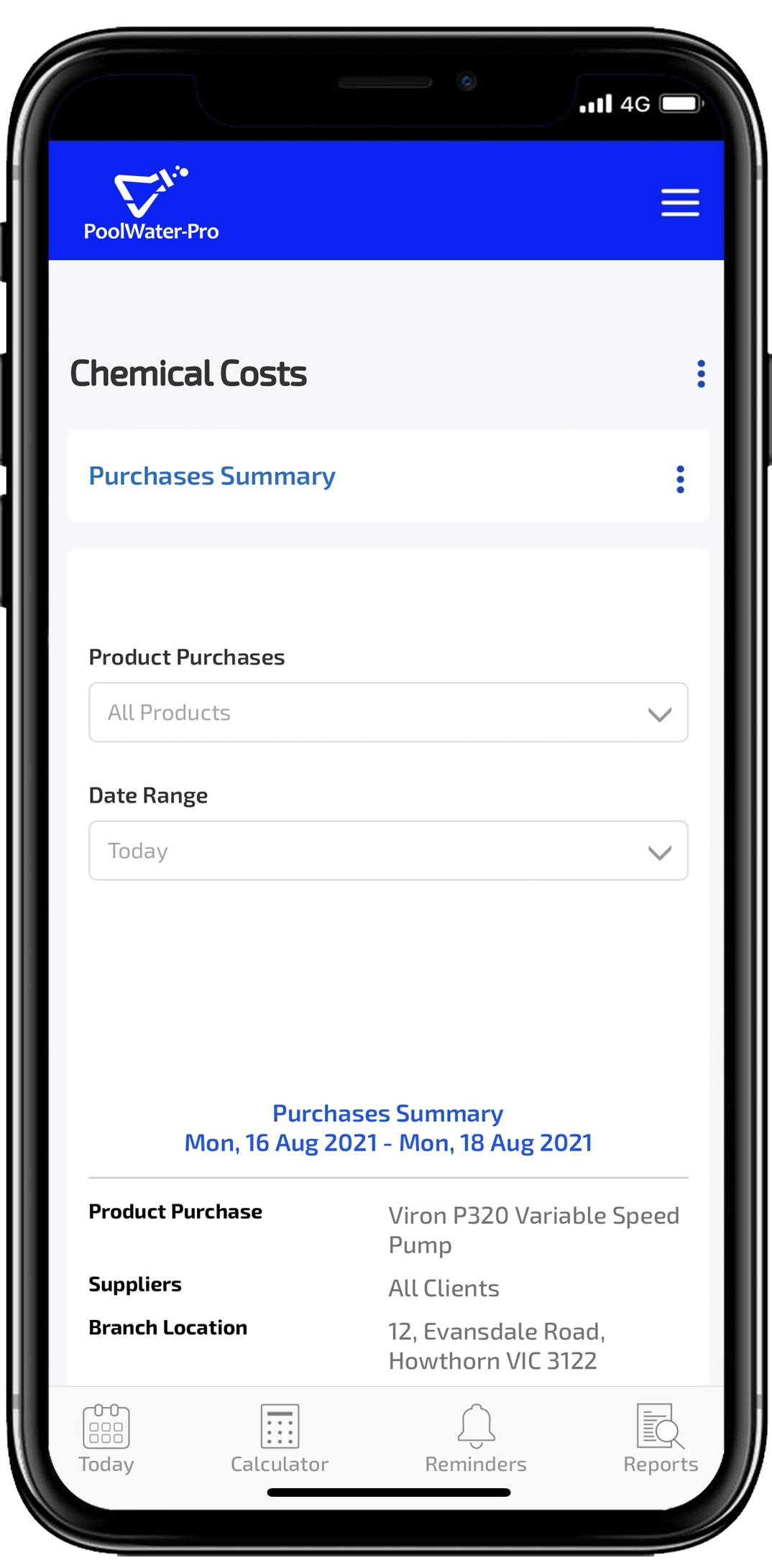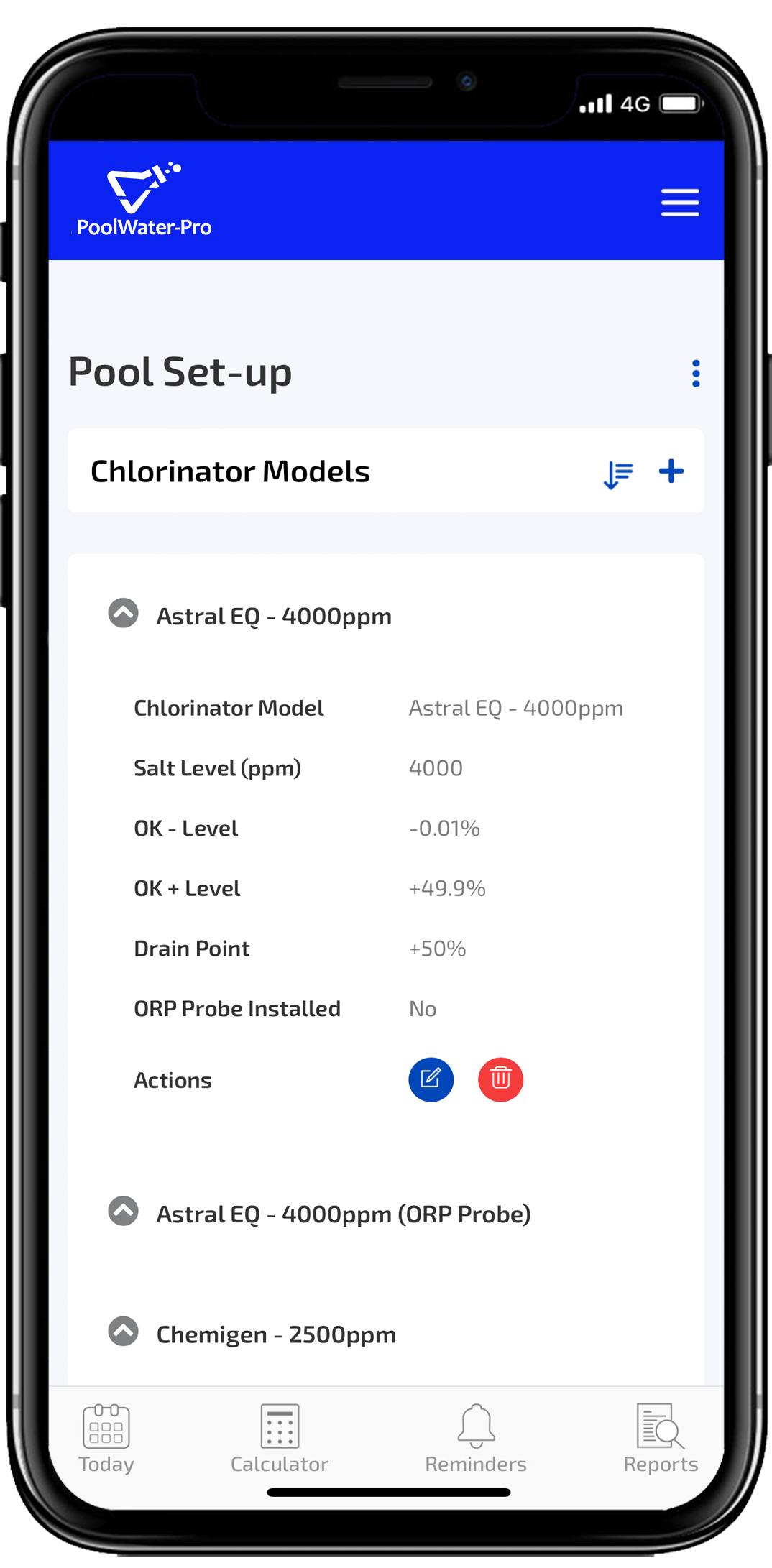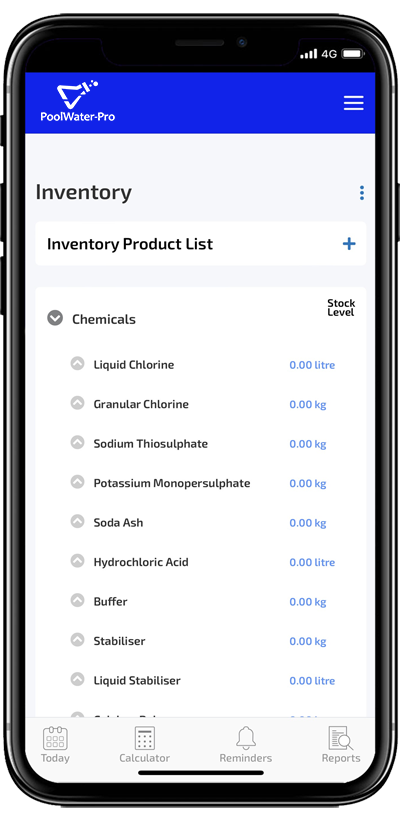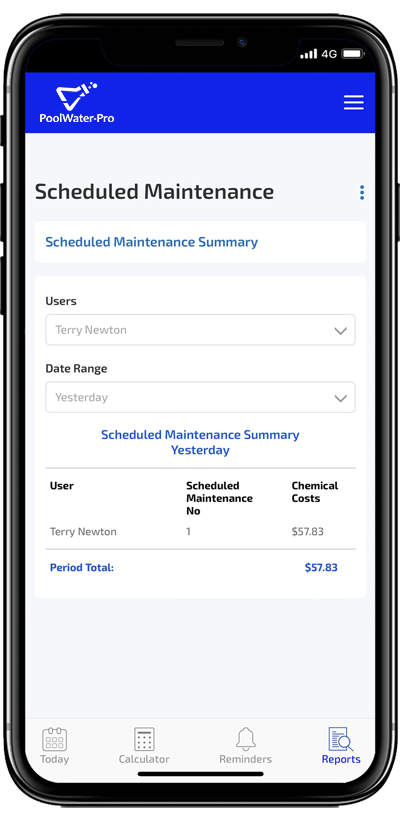Is it Safe for Swimming with High Chlorine?
Check chlorine levels before going for a swim, because the chlorine being too low or too high in your pool can present health risks for swimmers. Chlorine levels should be kept in the recommended range of 1-3 parts per million (ppm), levels above 8.0 ppm are unsafe for swimming.
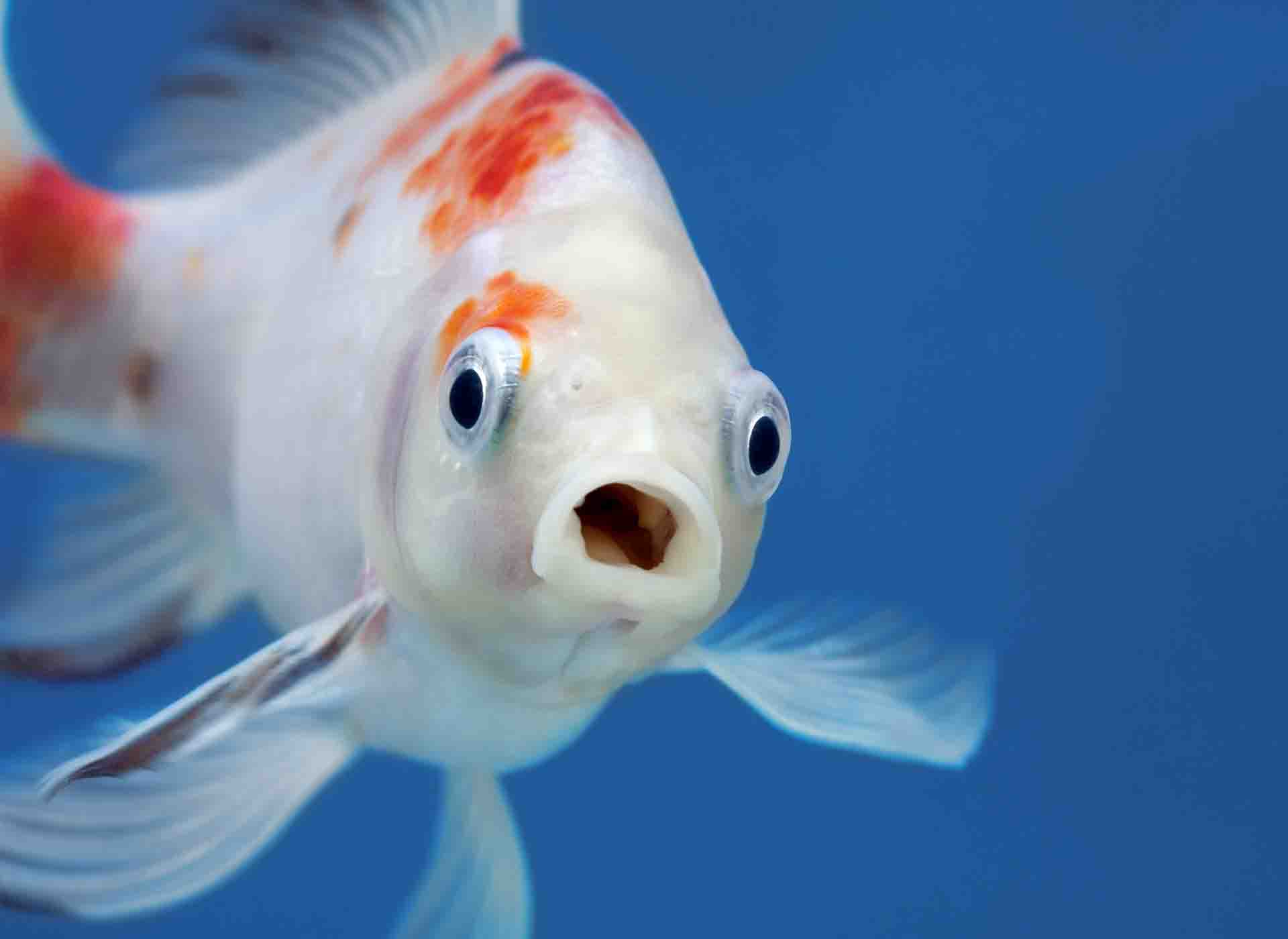
- What is Chlorines Job?
- Effects of High Chlorine Levels
- Testing for High Chlorine
- How to Resolve High Chlorine Levels
What is Chlorines Job
The most popular sanitiser used in swimming pools is chlorine, because it is cheap and widely available.
Whether you have a saltwater pool, mineral pool, or it’s manually chlorinated, your pool is still a chlorine pool.
Chlorine prevents algae growth and is effective at killing bacteria, viruses and other germs. Chlorine also helps to break down dirt and other contaminants that the filter can trap, keeping your pool water clear and healthy.
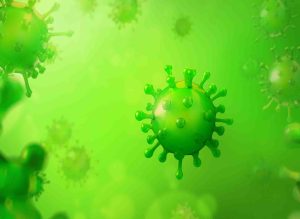
Effects of High Chlorine Levels
High chlorine will lower the pH of pool water, making it more acidic and reduces the efficiency of chlorine.
Evaporation of the gases that come from water with high chlorine forms chlorine gas, which can enter the eyes and nose, causing severe discomfort.
High chlorine coming into contact with the skin can cause a burning sensation and itchiness. Eyes being exposed to high chlorine can become red and watery.
Swimmers may experience respiratory issues, which can be potentially dangerous for asthma sufferers.

Testing for High Chlorine
Test your pool water regularly to ensure the chlorine levels are within the recommended range of 1-3 ppm.
The different methods for testing your pool water are test-strips, test kits, a photometer or by professional water testing.
Test Strips
Test strips are easy to use and give you instant results.
They are available online, at your local pool shop or from a hardware store.
Test Kits
You add reagents to a water sample and then compare colours to a comparison chart to know the chemical readings.
Photometer
A high-end device that measures the colour of light passing through a water sample to provide accurate chemical levels.
Professional Water Testing
Professional water testing is available from most pool shops or from a mobile pool service company.
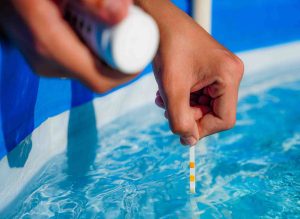
How to Resolve High Chlorine Levels
High chlorine levels will naturally reduce over time, with exposure to the sun accelerating the process.
To bring down chlorine levels faster, it can be done chemically, or through dilution.
Stop Adding Chlorine
If you have a chlorinator, turn output to zero, reduce running time or both.
If you have a chlorinator with an ORP probe, change the set-point to maximum and reduce or stop system running times.
If your pool is manually chlorinated, pause adding chlorine.
Monitor chlorine levels daily, until they are back within the recommended range of 1-3 ppm.
Use Chlorine Reducer
Sodium thiosulphate will chemically reduce chlorine levels quickly.
Refer to manufacturer’s instructions for dosage and application.
Exposure to Sunlight
UV from the sun will naturally reduce chlorine levels over time.
If your pool has a cover, remove the cover so the pool water is exposed to the sun until chlorine levels are back to between 1-3 ppm.
Part-drain & Refill the Pool
High chlorine levels can be reduced quickly by part-draining the pool and refilling with fresh water.
To calculate the percentage of water to be drained, determine the difference between the current and required chlorine levels.
Consult with a pool professional if needed.
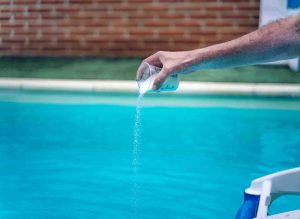
The most popular sanitiser used in swimming pools is chlorine, because it is cheap and widely available.
Whether you have a saltwater pool, mineral pool, or it’s manually chlorinated, your pool is still a chlorine pool.
Chlorine prevents algae growth and is effective at killing bacteria, viruses and other germs. Chlorine also helps to break down dirt and other contaminants that the filter can trap, keeping your pool water clear and healthy.

High chlorine will lower the pH of pool water, making it more acidic and reduces the efficiency of chlorine.
Evaporation of the gases that come from water with high chlorine forms chlorine gas, which can enter the eyes and nose, causing severe discomfort.
High chlorine coming into contact with the skin can cause a burning sensation and itchiness. Eyes being exposed to high chlorine can become red and watery.
Swimmers may experience respiratory issues, which can be potentially dangerous for asthma sufferers.

Test your pool water regularly to ensure the chlorine levels are within the recommended range of 1-3 ppm.
The different methods for testing your pool water are test-strips, test kits, a photometer or by professional water testing.
Test Strips
Test strips are easy to use and give you instant results.
They are available online, at your local pool shop or from a hardware store.
Test Kits
You add reagents to a water sample and then compare colours to a comparison chart to know the chemical readings.
Photometer
A high-end device that measures the colour of light passing through a water sample to provide accurate chemical levels.
Professional Water Testing
Professional water testing is available from most pool shops or from a mobile pool service company.

High chlorine levels will naturally reduce over time, with exposure to the sun accelerating the process.
To bring down chlorine levels faster, it can be done chemically, or through dilution.
Stop Adding Chlorine
If you have a chlorinator, turn output to zero, reduce running time or both.
If you have a chlorinator with an ORP probe, change the set-point to maximum and reduce or stop system running times.
If your pool is manually chlorinated, pause adding chlorine.
Monitor chlorine levels daily, until they are back within the recommended range of 1-3 ppm.
Use Chlorine Reducer
Sodium thiosulphate will chemically reduce chlorine levels quickly.
Refer to manufacturer’s instructions for dosage and application.
Exposure to Sunlight
UV from the sun will naturally reduce chlorine levels over time.
If your pool has a cover, remove the cover so the pool water is exposed to the sun until chlorine levels are back to between 1-3 ppm.
Part-drain & Refill the Pool
High chlorine levels can be reduced quickly by part-draining the pool and refilling with fresh water.
To calculate the percentage of water to be drained, determine the difference between the current and required chlorine levels.
Consult with a pool professional if needed.

Introducing Effective Solutions
Simplify your pool maintenance routine with POOLWATER-PRO. Our software turns test-strips into accurate digital readings, right from your phone. Get instant alerts to know if your pool is safe to swim, plus any chemicals needed.
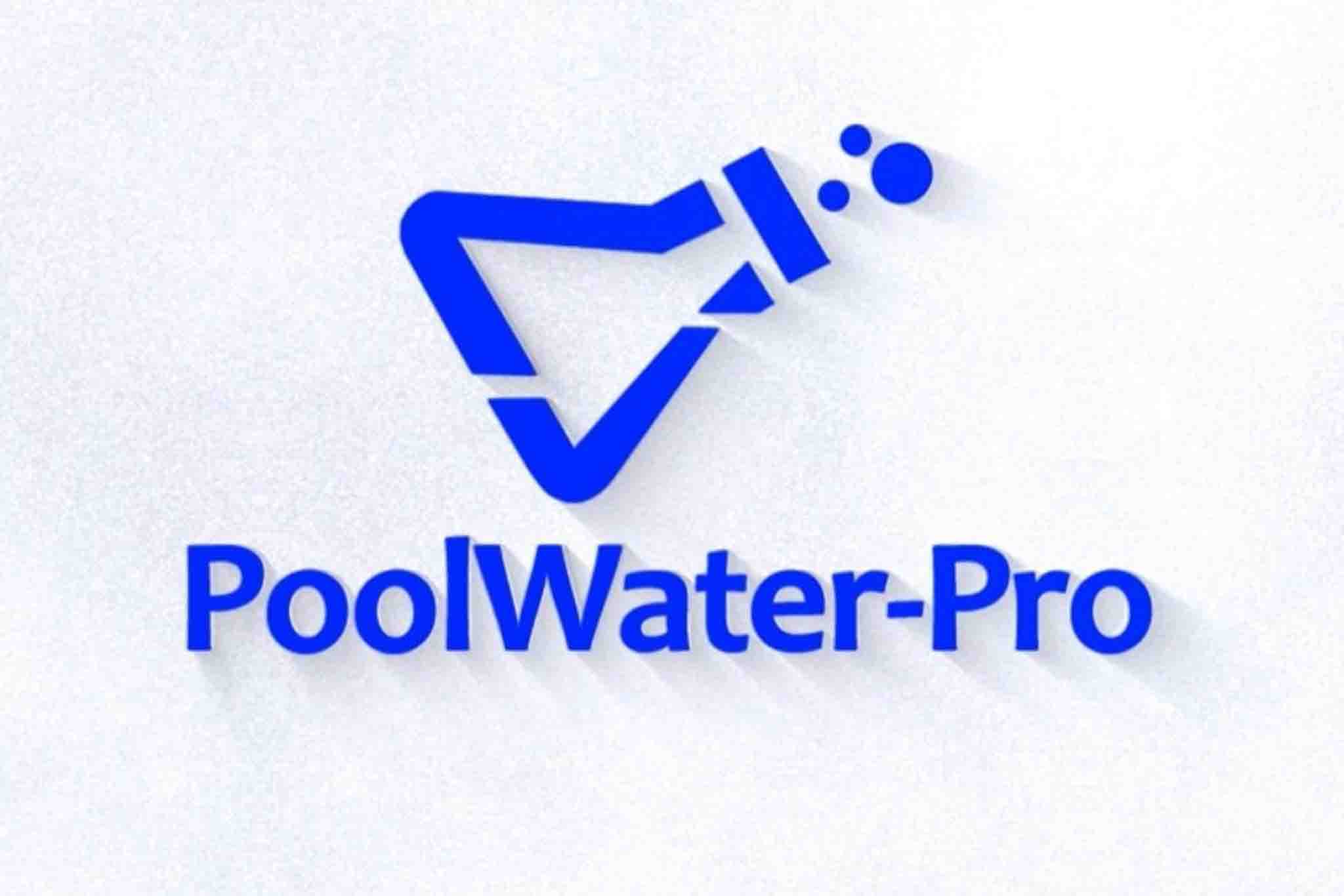
Introducing Effective Solutions
Simplify your pool maintenance routine with POOLWATER-PRO. Our software turns test-strips into accurate digital readings, right from your phone. Get instant alerts to know if your pool is safe to swim, plus any chemicals needed.
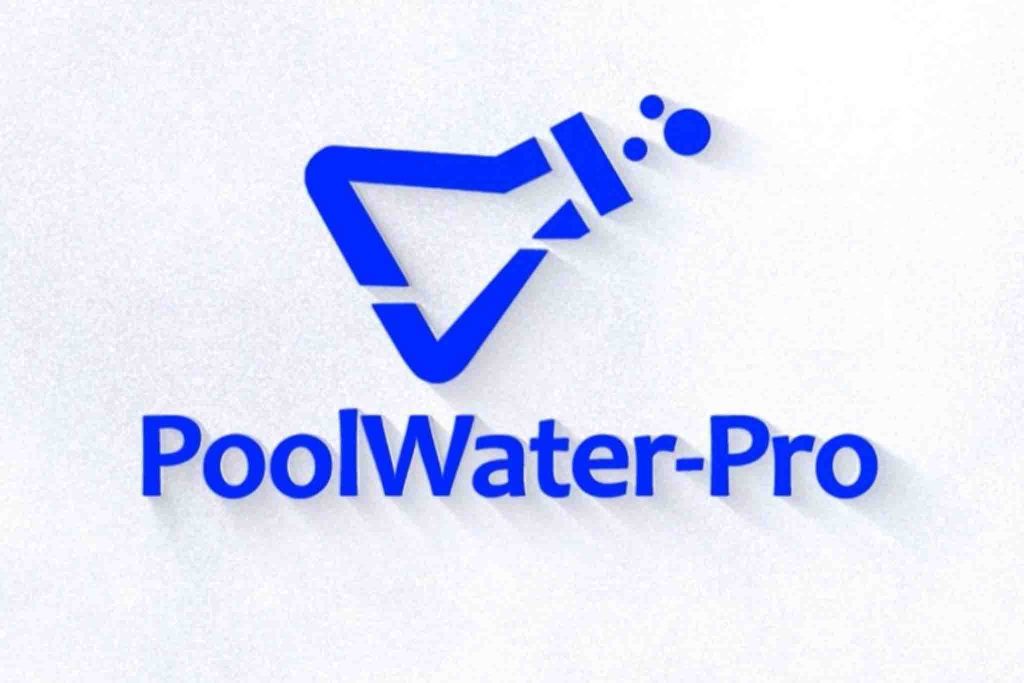
Your Path to Clarity
Watch this quick explainer video to see the platform’s features and how it can make pool care hassle-free.
Watch this quick explainer video to see the platform’s features and how it can make pool care hassle-free.



